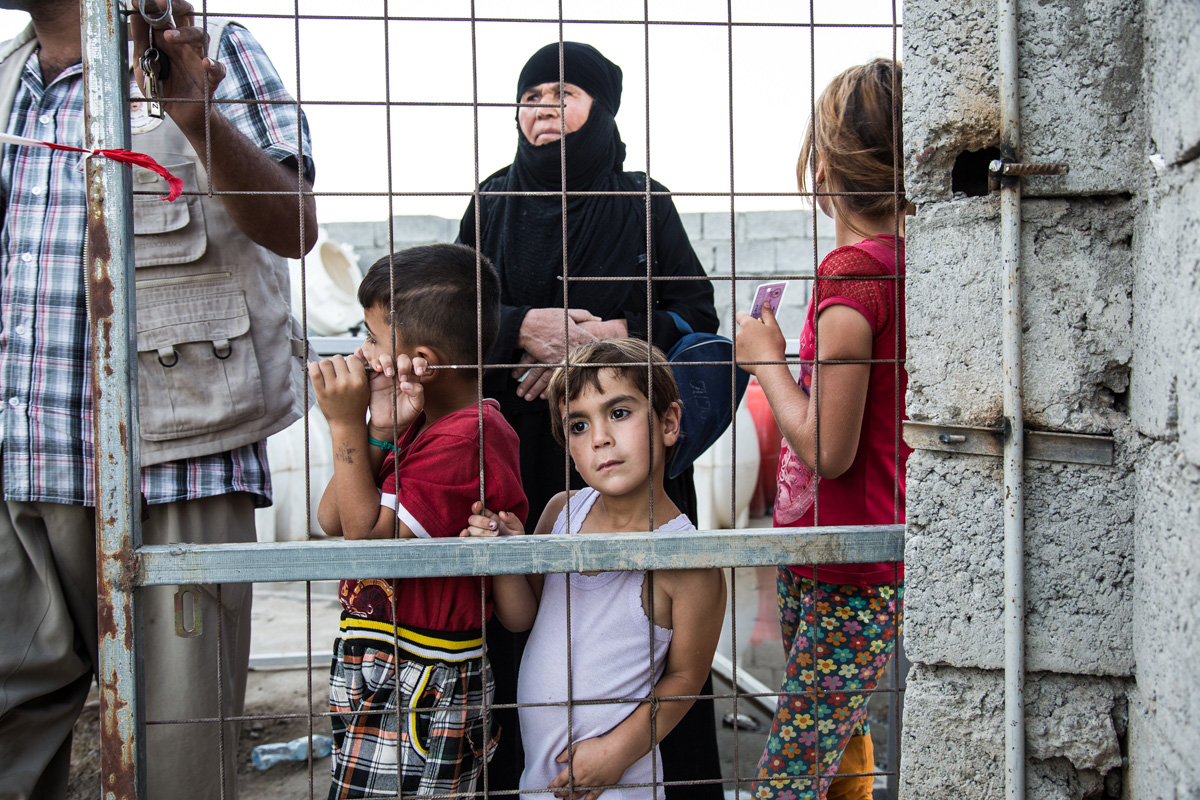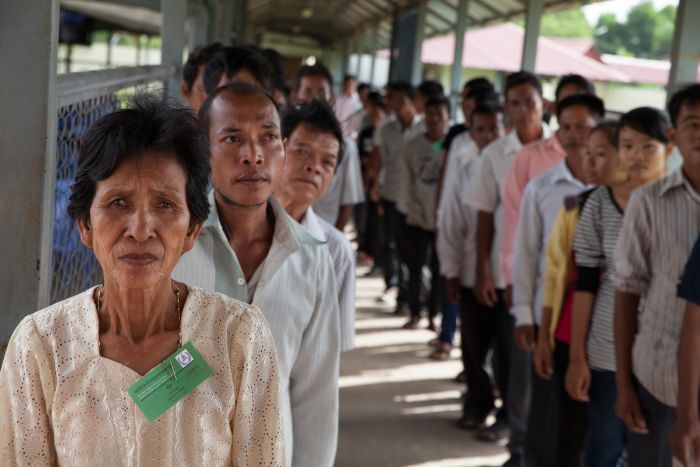-
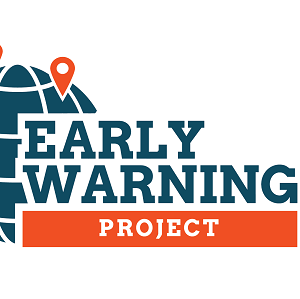
Increasing Violence in Central African Republic Points to Underlying Structural Risks
October 1, 2015
On Monday, the United Nations issued a statement calling for the immediate end to an escalation of violence in the Central African Republic. Dozens were killed after the murder of a man in Bangui, with many fearing that this could mark a return to the sectarian violence that saw thousands killed since violence began in December 2013.
-
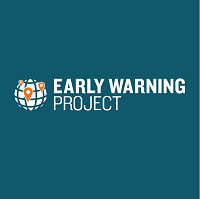
Opinion Pool Update: September 2015
September 30, 2015
The chart below summarizes our Expert Opinion Pool’s current take on risks of new mass-killing episodes in countries about which we’ve asked them.
-

How the Early Warning Project Assesses Syria
September 23, 2015
-
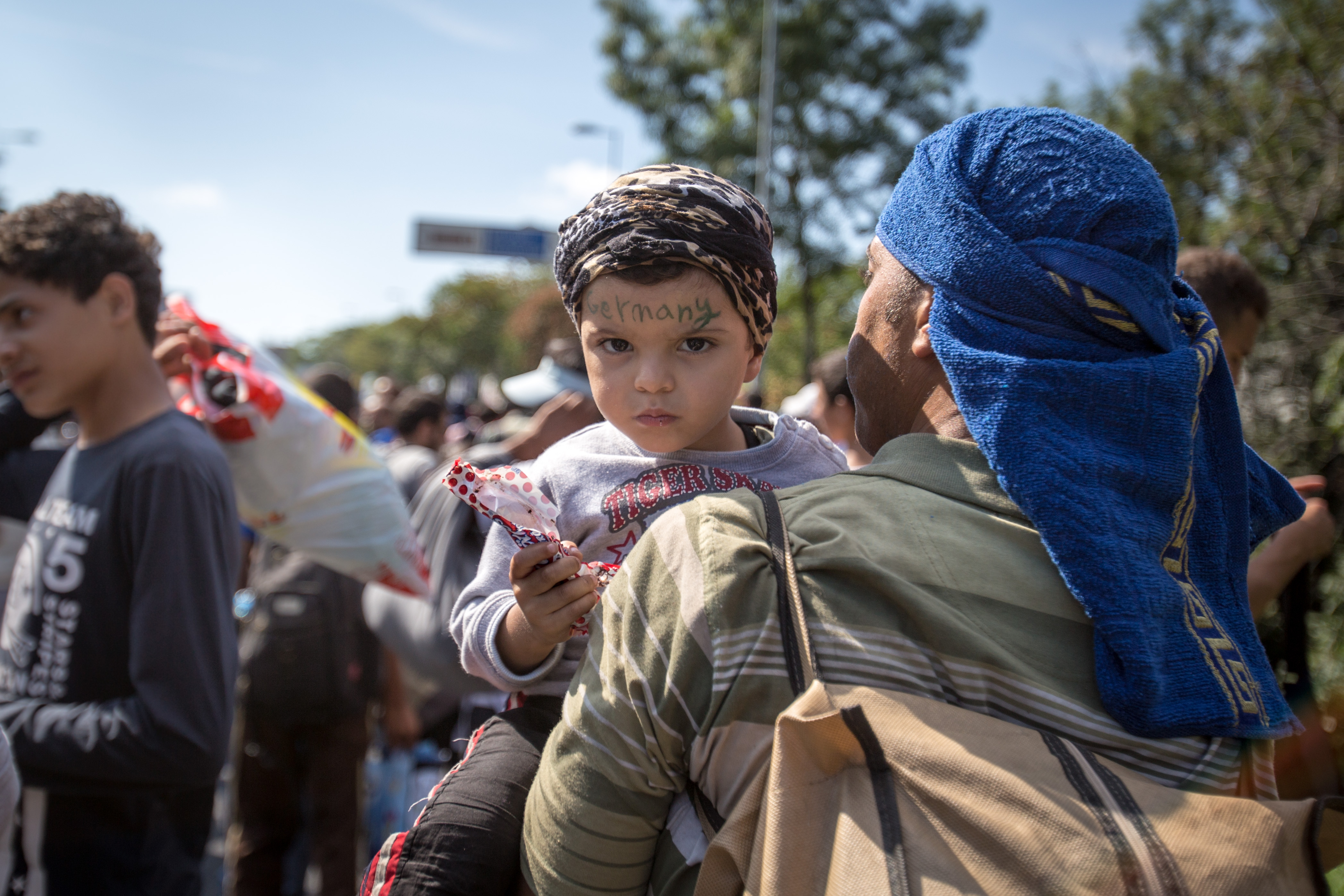
An Eyewitness Account: The Refugee Crisis
September 18, 2015
In the 1930s, the world watched as Nazi Germany forced its beleaguered Jewish population to leave their homes. The plight of Germany’s Jews engendered sympathy, but few countries opened their doors wider to admit more of the desperate refugees. While different in many respects, today the world—and Europe in particular—is facing the largest refugee crisis since World War II.
-
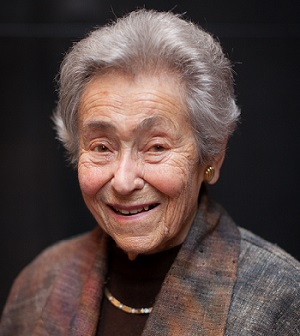
Holocaust Survivor Margit Meissner Speaks at US Capitol Event Focused on Assad Regime Atrocities
July 16, 2015
Holocaust survivor and Museum volunteer Margit Meissner urged listeners to transcend politics and create an effective response to the crisis in Syria.
-
Interview: Risk of Mass Atrocities and Policies of Persecution in Burma
July 16, 2015
“We fear we will be wiped out.” – Tun Khin, Rohingya human rights defender
-

Electoral Instability Increases Atrocity Risks in Bangladesh
July 14, 2015
In January, electoral disputes between Bangladesh’s two major political parties ignited a wave of political violence familiar to the country’s recent history. By the end of February, targeted attacks by supporters of the ruling Awami League (AL) and of the Bangladesh National Party (BNP), AL’s political opposition—as well as by Bangladeshi police and paramilitary forces throughout the country—against opposition protesters killed more than 100 civilians.
-

Opinion Pool Update: July 2015
July 8, 2015
The chart below offers an overview of our opinion pool’s current take on risks of new mass-killing episodes in countries around the world. In contrast to our statistical risk assessments, which focus exclusively on state-led mass killings, these assessments cover all possible mass killings, state-led and non-state alike. Specifically, each question asks: “Before 1 January 2016, will there be a new episode of mass killing in [this country]?”
-

Introducing a New Framework for Assessing and Mitigating Risks for Genocide and Mass Atrocities
May 20, 2015
Museum Fellow Dr. Annie Bird has developed a guide for assessing risks of atrocities and identifuing options to reduce the threat of violence against civilians.
-

India’s Gujarat Faces Atrocity Risks Despite New Development Efforts
May 5, 2015
Less than 20 miles downriver from the GIFT site, the future prosperity of Indian society is less assured. In the Chamanpura area of Ahmedabad, Gujarat’s largest city, sits the Gulbarg Society, a Muslim-majority neighborhood. In February 2002, during Modi’s first term as governor of Gujarat, the Gulbarg Society was the site of one of the two largest massacres in a wave of statewide violence that killed more than 1,000 civilians over the course of three months.
